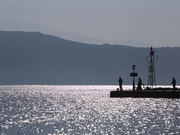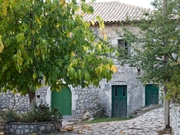Tranquil landscapes, rich flora and calm seas
Lefkada - Kalligoni – Karyotes – Lygia – Nikiana – A. Pateres – Kolyvata – Alexandros – Platystoma – Kokkini Ekklisia – Perigiali
This is the route to take to experience the transition from the gentle contours of the landscape of the island’s eastern side to the rugged lands of the interior, where the villages are a remarkable sight and the vegetation is abundant. The road is in excellent condition, the vistas are enchanting and there is a great deal of sights to be enjoyed.
Setting out from Lefkada town in the direction of Nydri, at the crossroads marked by the church of Agios Minas, take the road heading towards the eastern side of the island. About 1 km on, we come to the church of Panagia Megalovrisotissa (Zoodochos Pigi).
A little further on is the community of Kalligoni, built on the site of ancient Nirikos, the island’s first capital from antiquity to the 13th century AD, when it was given the name of Lefkada. Karyotes is the next village along the route. It is worth making a detour from here, left towards theAlexandros salt pans to see the remains of the old salt works which were particularly important to the economy of Lefkada in the past. The scenery here is interesting and unusual and definitely worth a visit. Located at the narrowest point of Lefkada's Canal, a stone's throw from the across continental coast where Plagia village and Agios Georgios castle is established.
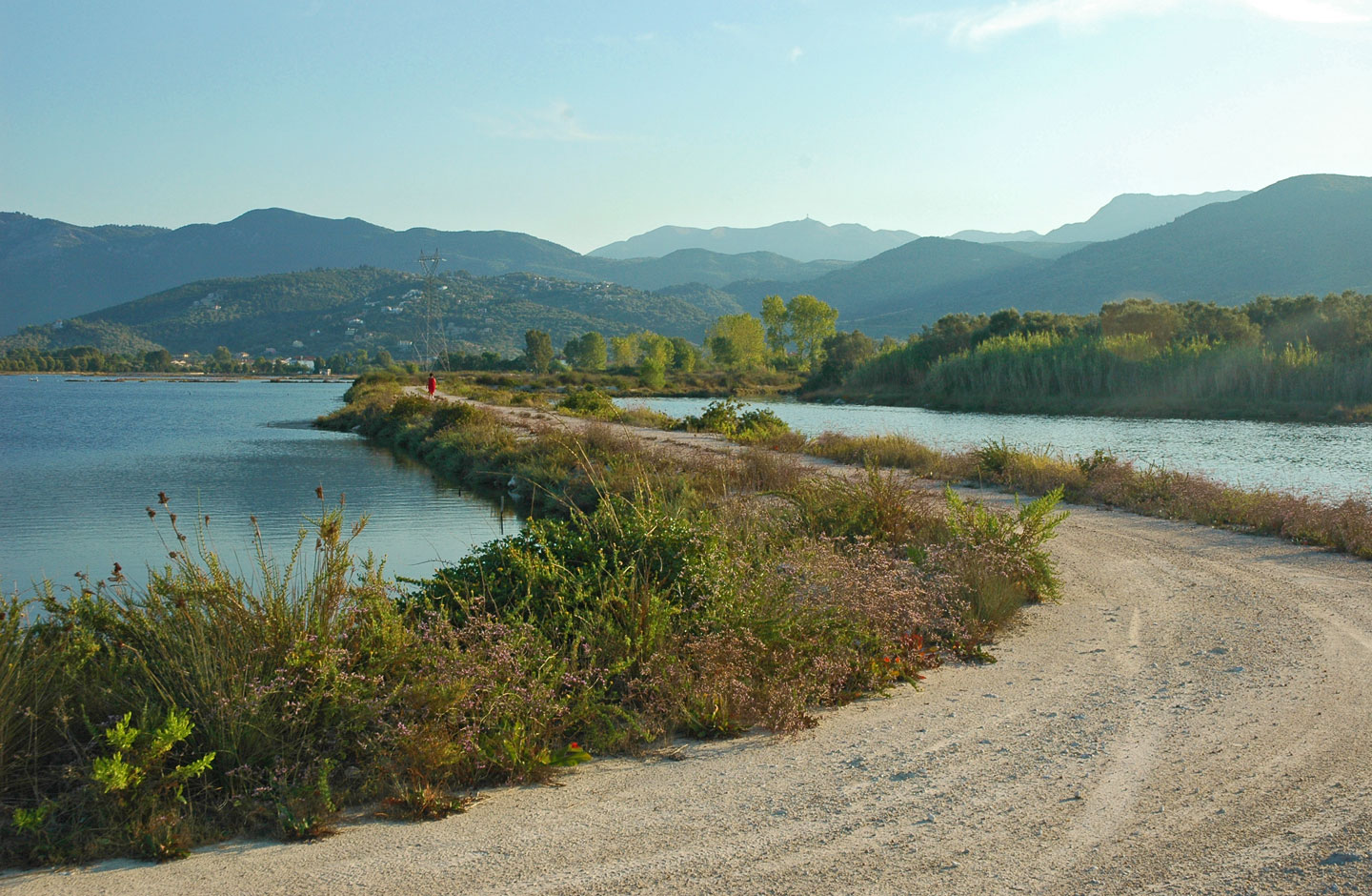
Due to the duly problematic road signs in Lefkada, providing you with certain direction is necessary in order to discover it. If you are coming from the town of Lefkada at the height of Karyotes village, try to find by looking to your left, a sign indicating “Faros apartments”. Follow this sign and soon enough you will reach the area. If you are coming from the south part, then you will see (additionally) the appropriate sign.
Likewise, another interesting detour on your right will lead you to the beautiful traditional mountain village of Katouna. The route is interesting because the view is unobstructed. Many houses of the village have recently been renovated and several properties are owned by foreign visitors of Lefkada who liked this area.

Getting back to the main road and about one kilometre further on you come to the picture-perfect harbour of Lygia, the outlet to the sea of the village of Katouna. The road continues, snaking along the coast-line, parallel to the sea and passing through the hamlet of Paradissos, site of the ‘valley of love’ to Nikiana, a village built by the inhabitants of the highland village of Alexandros.
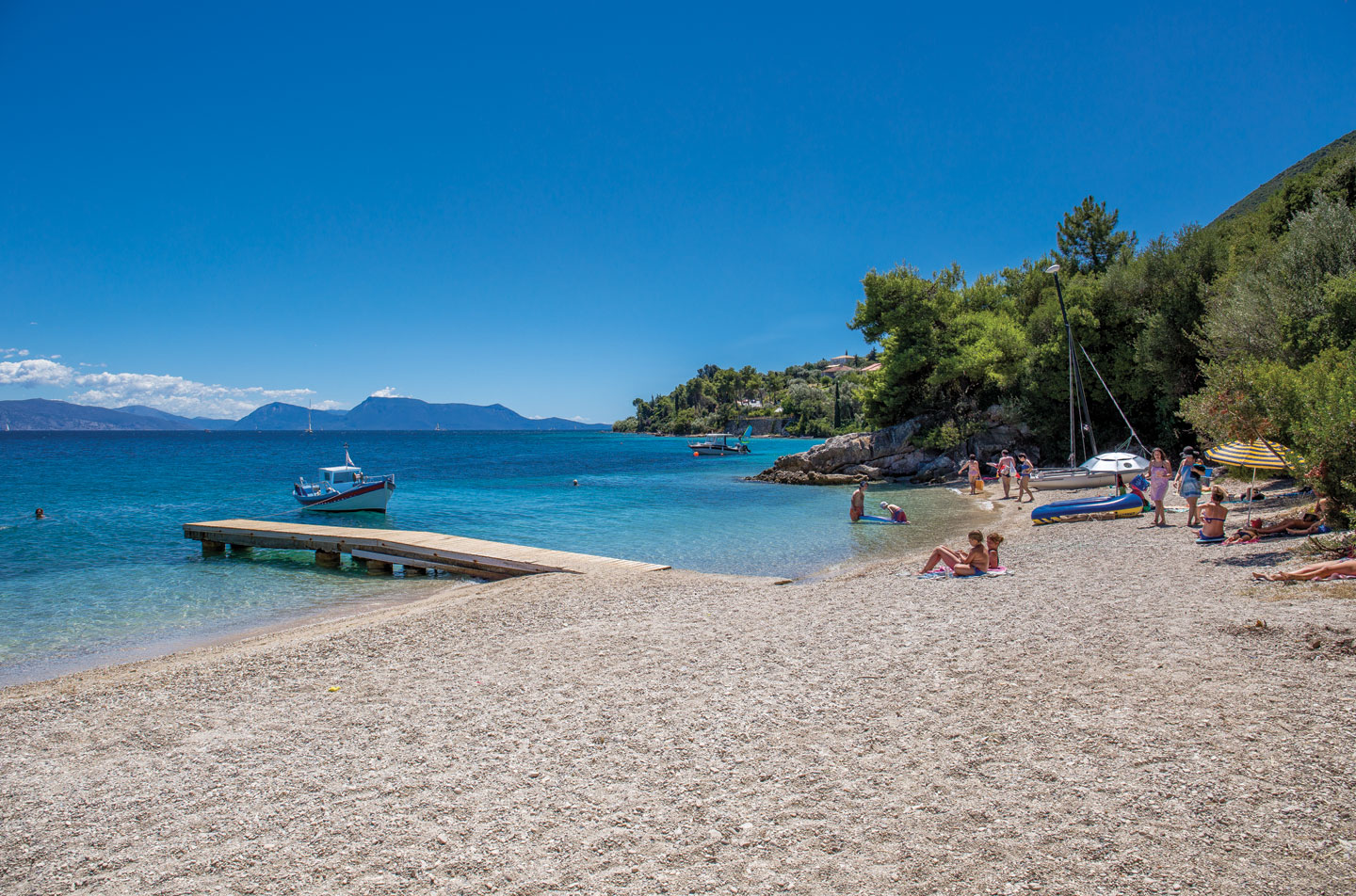
A little way through the village, turn right onto the uphill road leading to the villages of Alexandros, Platystoma and the monastery of Agioi Pateres (Holy Fathers). On the Akarnanian coast opposite, the Alexandros fortess can be seen. Continuing along the asphalt road, on the left is the Askitirio Agion Pateron, hollowed out of the rockface, one of the oldest Christian monuments on the island. The next village encountered is Kolyvata, amid greenery, as are the two neighbouring villages, Alexandros and Platystoma.
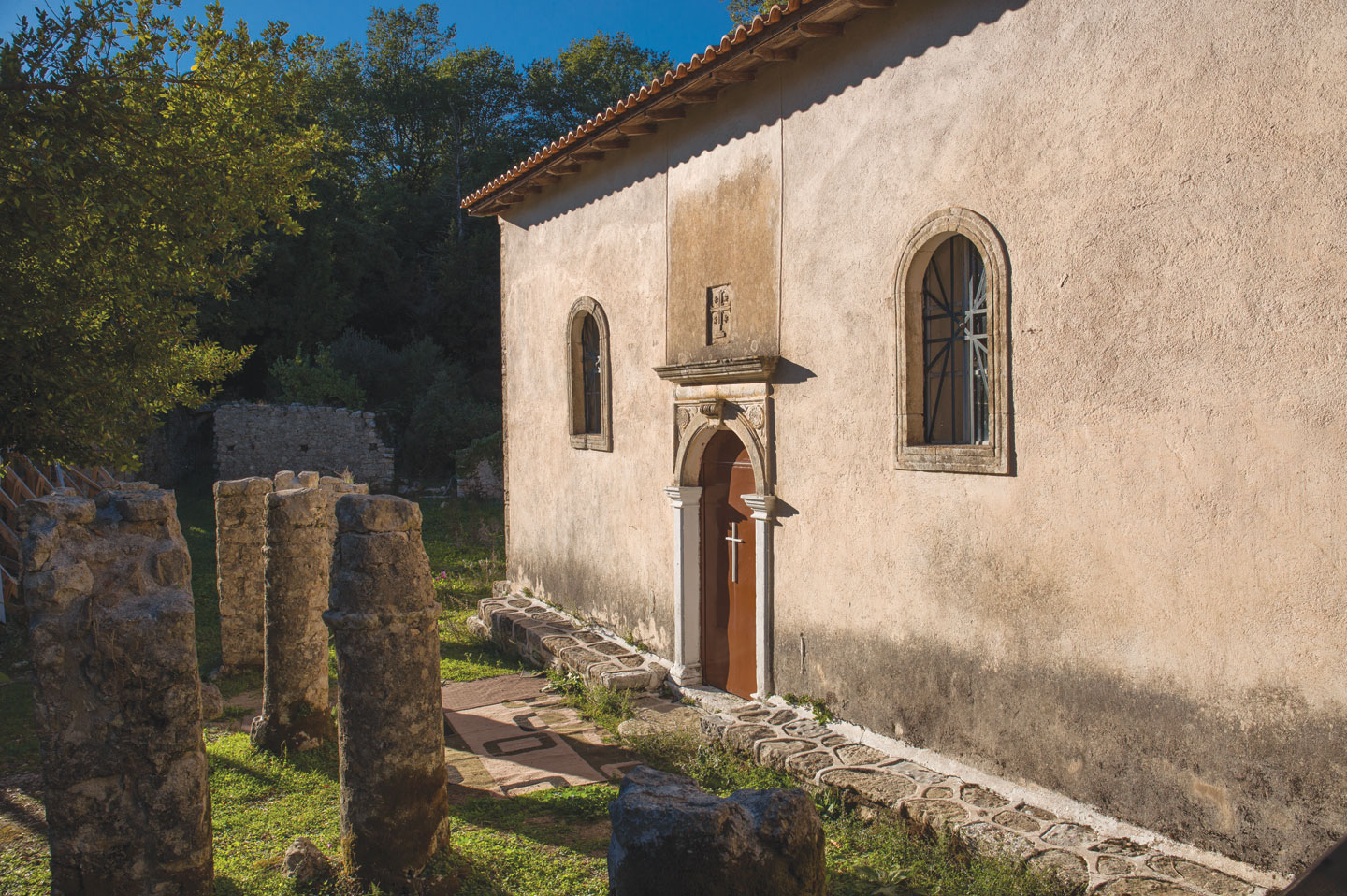
One of the most interesting trips is to the monastery of Evangelistria or Kokkini Ekklisia (Red Church) on the route from Platystoma to Perigiali, a short distance from the asphalt road, in a meadow full of flowers. Back on the paved road, a few kilometres later we reach Perigiali. The way back to Lefkada town goes through the area Tou Pasha, the asphalt road heading back to Nikiana, and Keramidaki and Magemeno whence there are some of the best views of the bays and islets of Pringiponissia.

